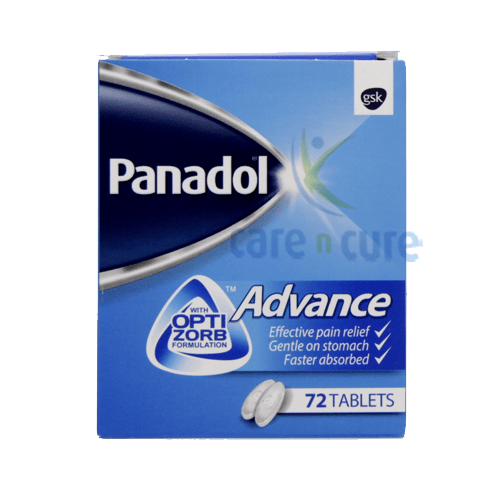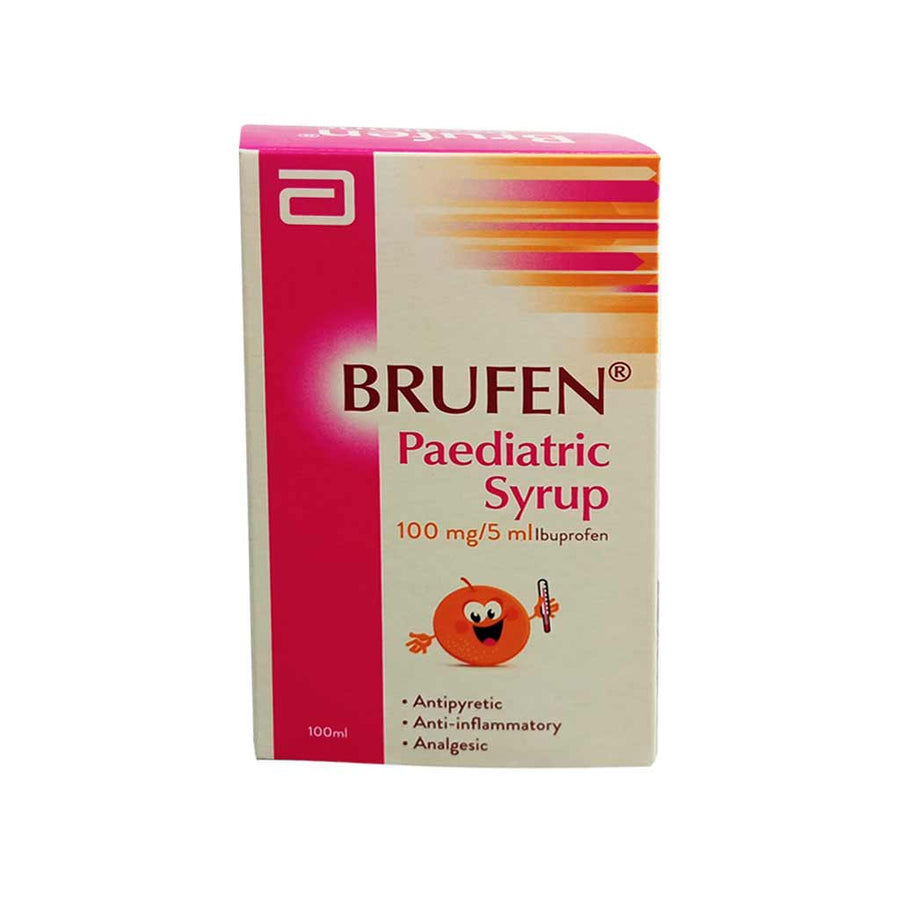Delivering to :
Select Location
Description.
Xylocream works by numbing the surface of the skin for a short time. It is put on the skin before certain medical procedures. This helps to stop pain on the skin, however the patient may still have the feeling of pressure and touch.
Dosage/Direction for Use.
Always use Xylocream exactly as the doctor, pharmacist or nurse has told the patient. The patient should check with the doctor, pharmacist or nurse if not sure.
Do not use Xylocream on the following areas: Cuts, grazes or wounds, excluding leg ulcers; where there is a skin rash or eczema; in or near the eyes; inside the nose, ear or mouth; in the back passage (anus); on the genitals of children
Do not use Xylocream on the following areas: Cuts, grazes or wounds, excluding leg ulcers; where there is a skin rash or eczema; in or near the eyes; inside the nose, ear or mouth; in the back passage (anus); on the genitals of children
Side Effects.
Like all medicines, Xylocream can cause side effects, although not everybody gets them.
Severe allergic reactions: Rare (affect less than 1 in 1,000 people): If the patient has a severe allergic reaction, stop using Xylocream and see a doctor straight away. The signs may include sudden onset of: Rash; feeling short of breath; low blood pressure, which may make the patient feel faint or dizzy; swelling of the face, lips, tongue or other parts of the body.
Bluish-grey skin: Rare: (affects less than 1 in 1,000 people): The skin may become bluish-grey due to a lack of oxygen. If this happens to the patient, see a doctor straight away.
Other possible side effects: Common (affect less than 1 in 10 people): Redness, slight swelling, or pale skin where the cream was used. This usually goes away after a short time.
Severe allergic reactions: Rare (affect less than 1 in 1,000 people): If the patient has a severe allergic reaction, stop using Xylocream and see a doctor straight away. The signs may include sudden onset of: Rash; feeling short of breath; low blood pressure, which may make the patient feel faint or dizzy; swelling of the face, lips, tongue or other parts of the body.
Bluish-grey skin: Rare: (affects less than 1 in 1,000 people): The skin may become bluish-grey due to a lack of oxygen. If this happens to the patient, see a doctor straight away.
Other possible side effects: Common (affect less than 1 in 10 people): Redness, slight swelling, or pale skin where the cream was used. This usually goes away after a short time.
More from Verisfield S M S A
More from Pain Relief Medicines
Recently viewed




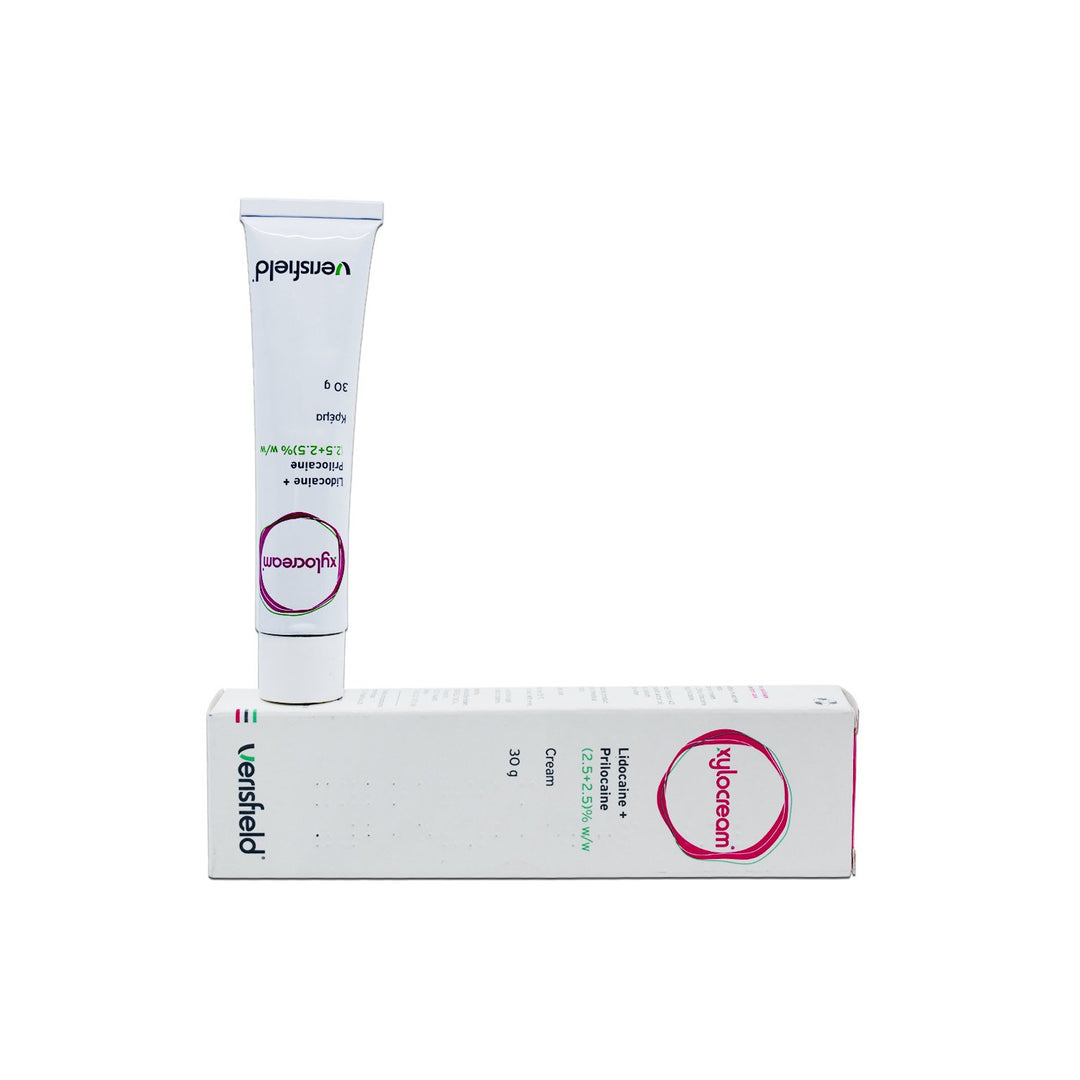
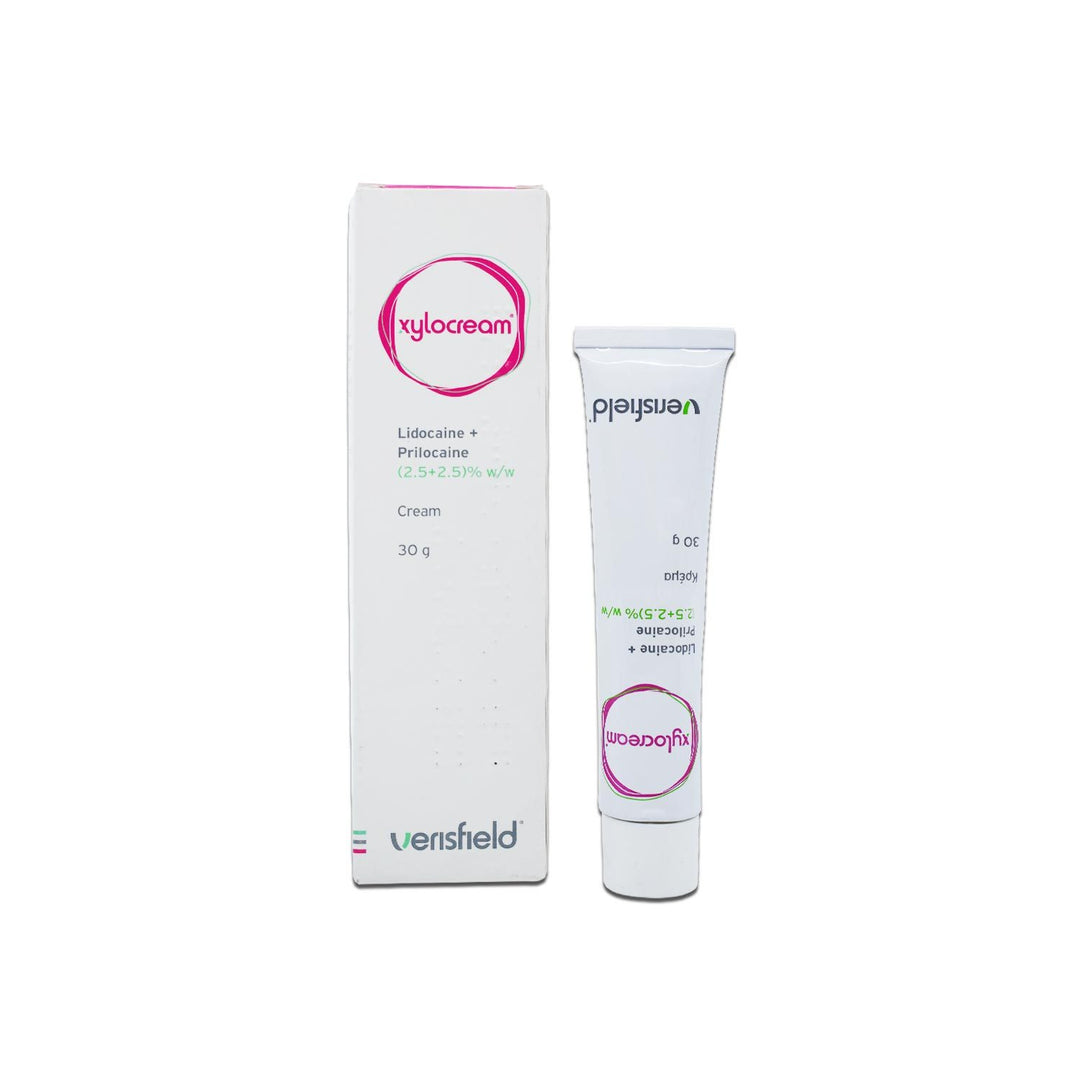
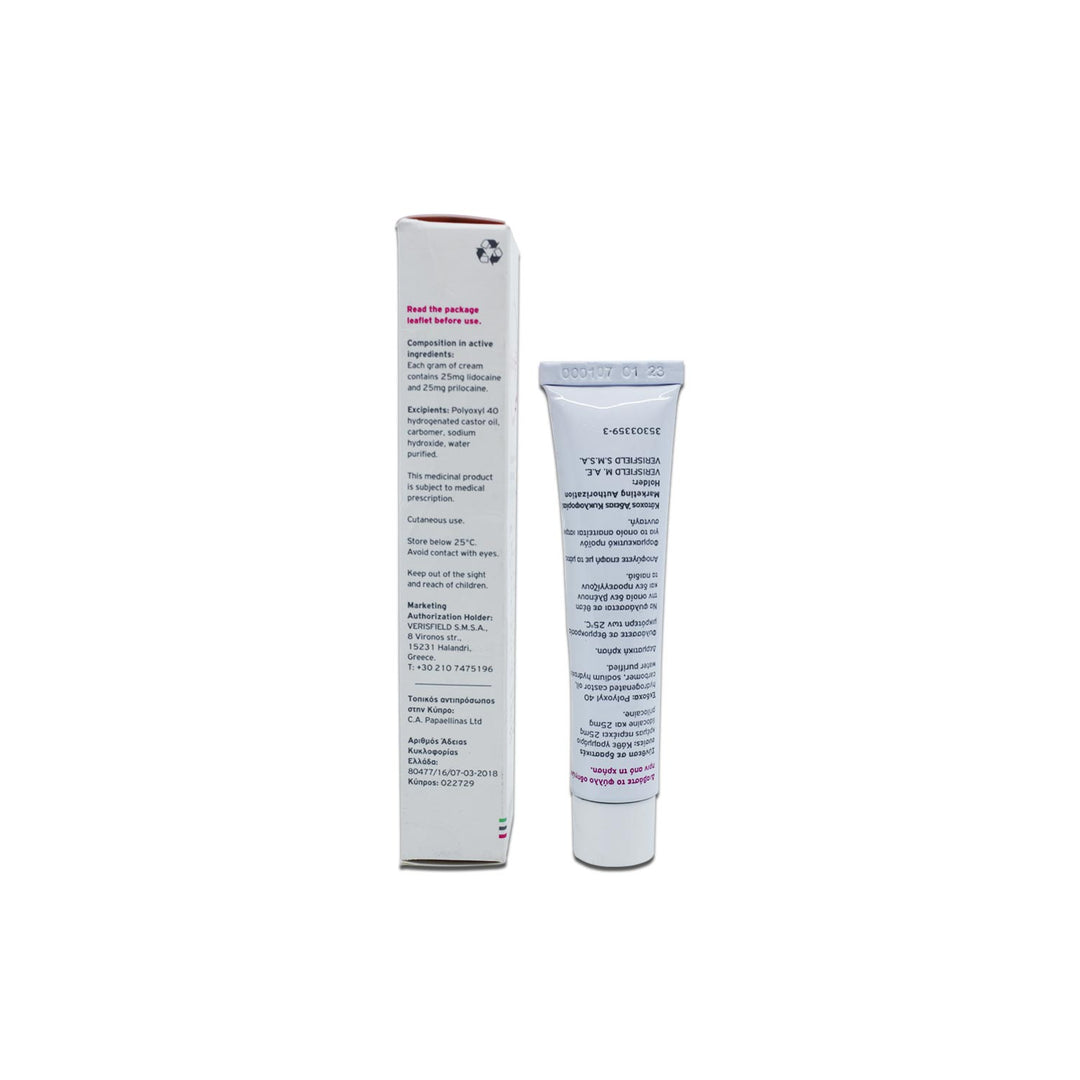
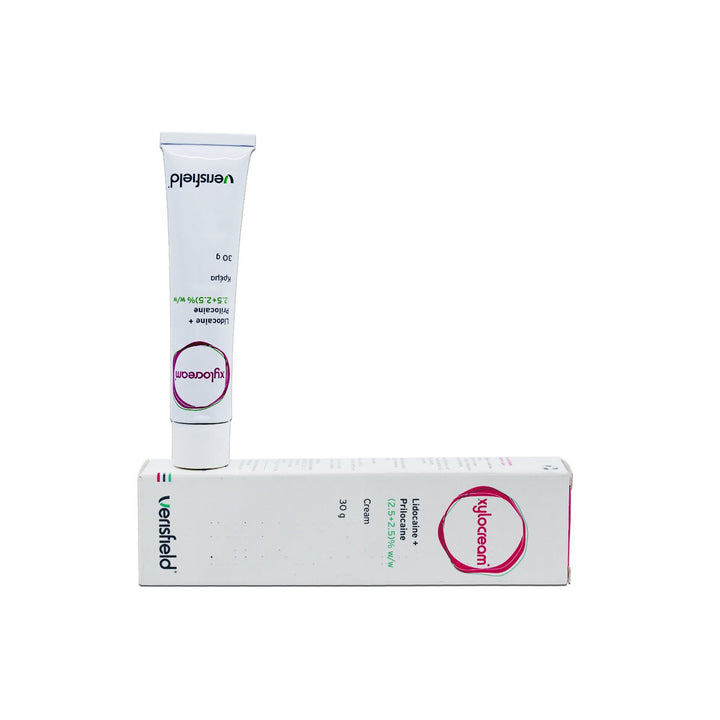
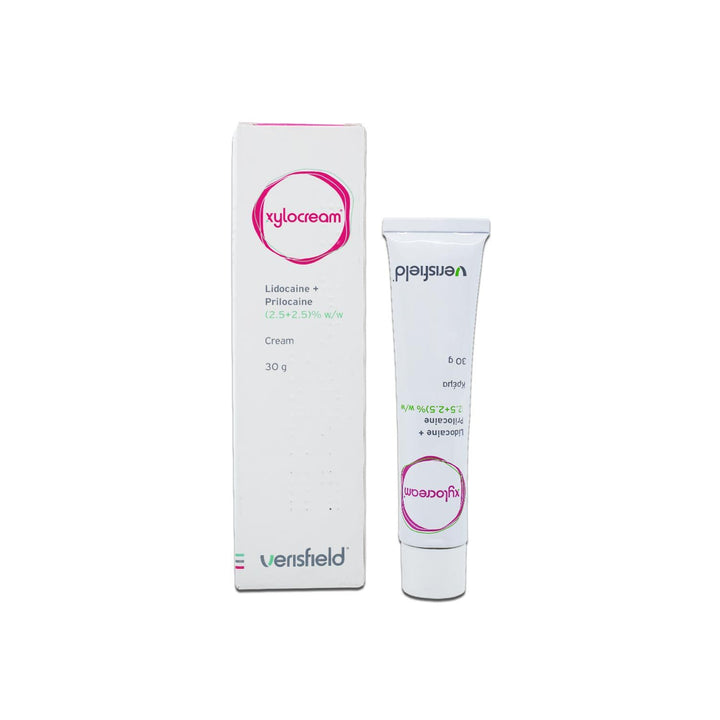
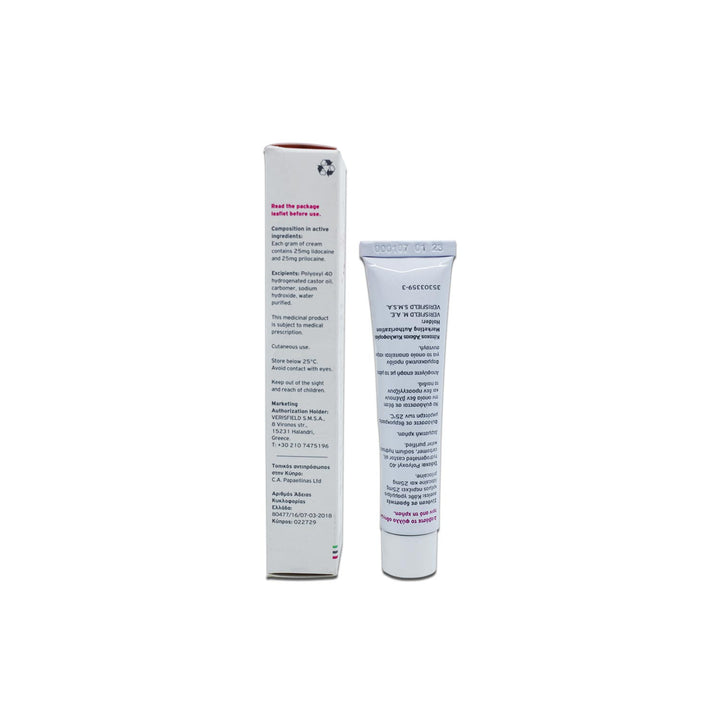
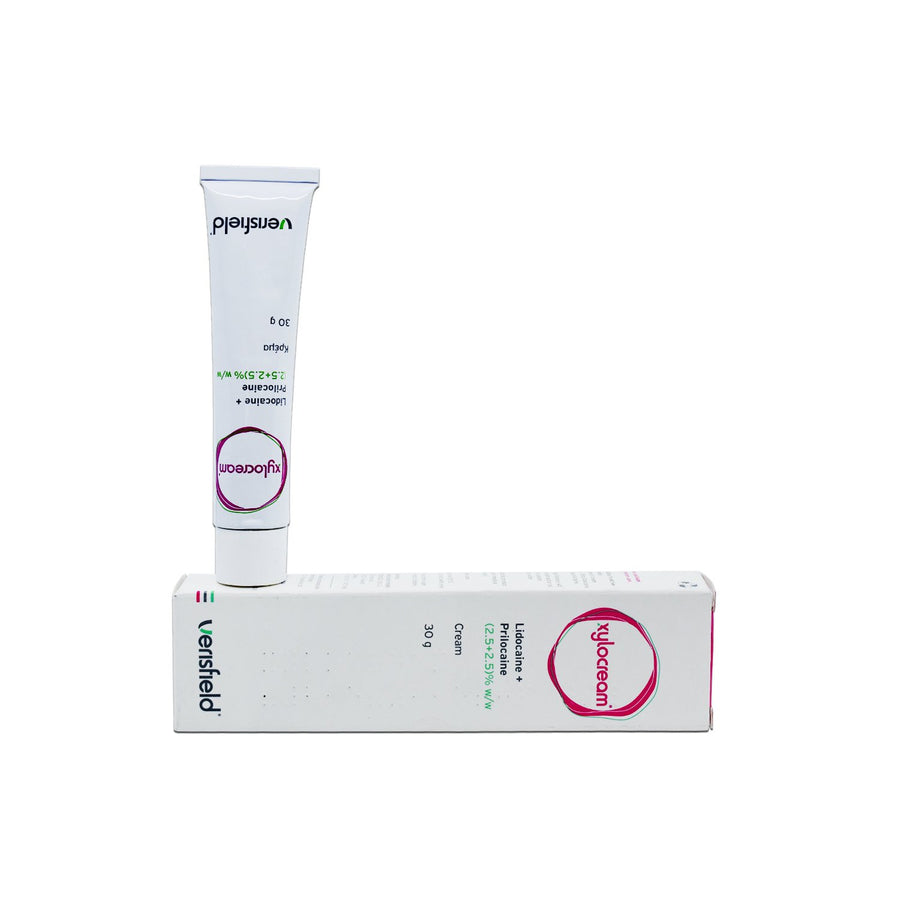
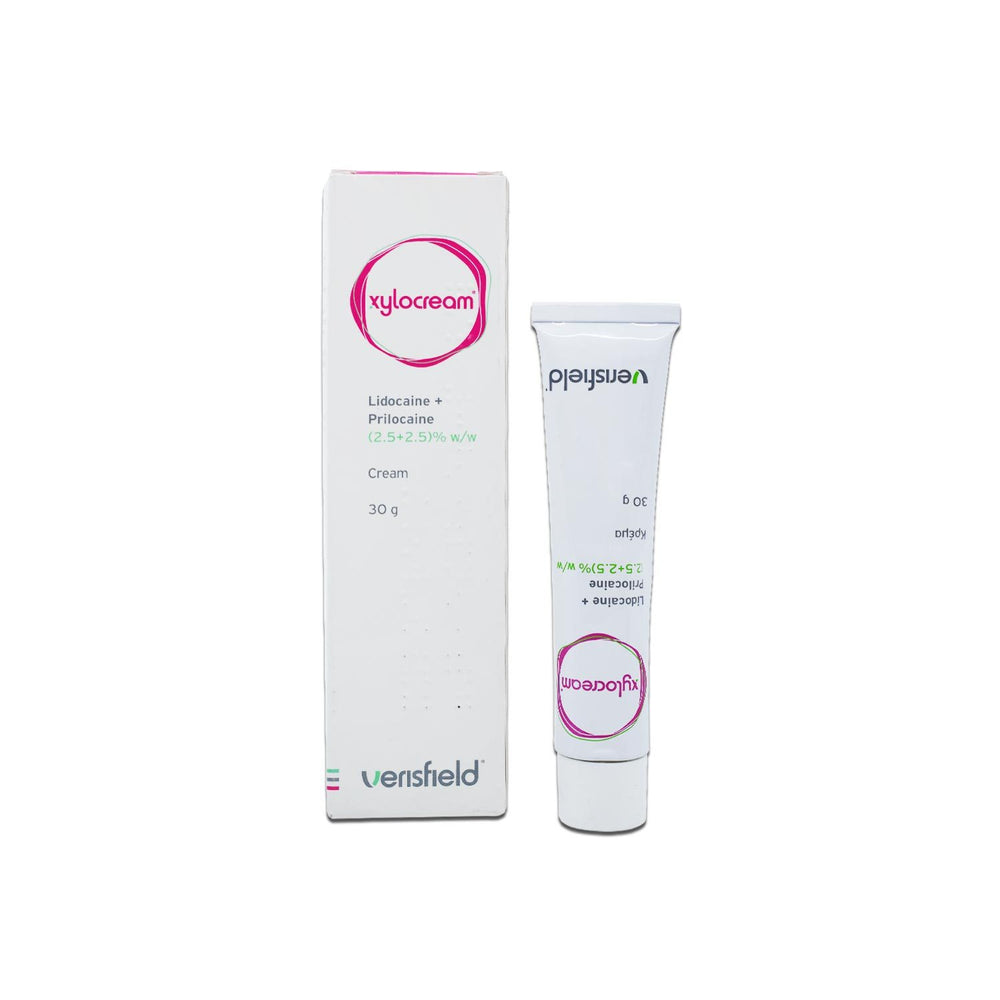

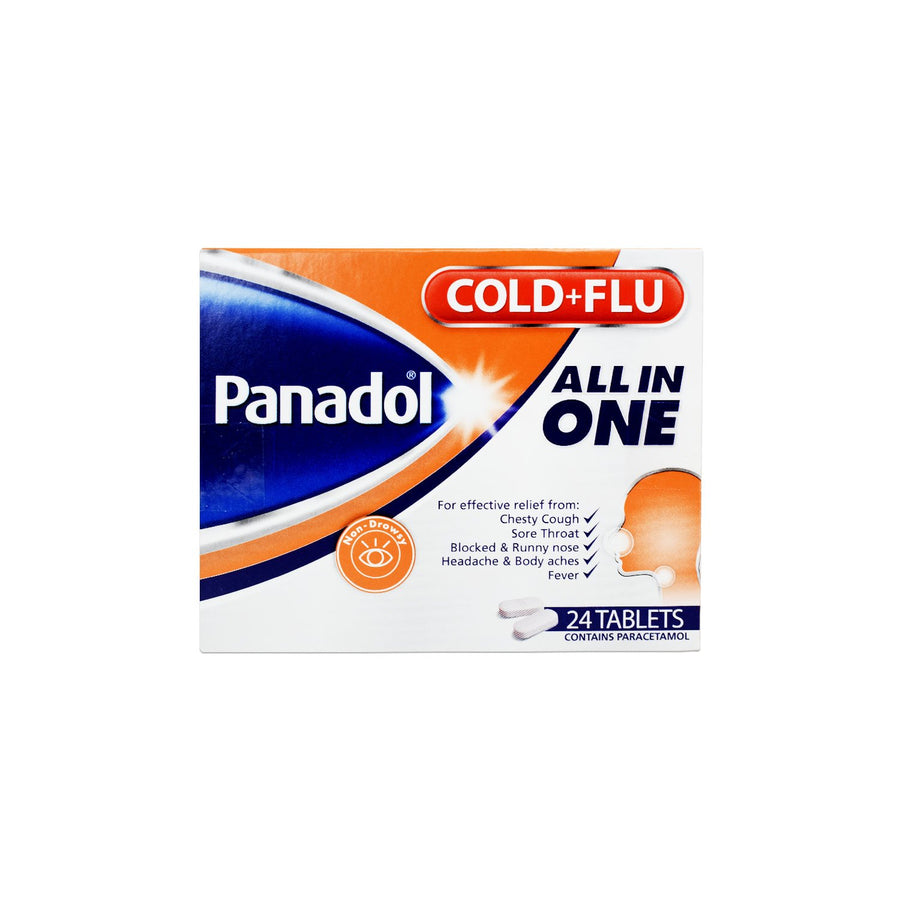
![Panadol Baby Infant 120Mg/5ml Susp: 100 ml [48]](http://www.carencurepharmacy.com/cdn/shop/products/50459_1.jpg?v=1668424507&width=900)
![Panadol Baby Infant 120Mg/5ml Susp: 100 ml [48]](http://www.carencurepharmacy.com/cdn/shop/products/50459.jpg?v=1668424507&width=1000)
